Last month, Vivo’s sub-brand iQOO launched two new smartphones in India, the iQOO 7 and the iQOO 7 Legend. The latter, whose audio performance we’ll be reviewing today, is powered by Qualcomm’s Snapdragon 888 processor, and features a 120 Hz AMOLED display, 12 GB LPDDR5 RAM, a 4000 mAh battery, and 66W fast charging. Dubbed “Monster Inside,” the company’s 2021 flagship is designed for an “ultra gaming experience.” As audio is an integral part of immersion, the top-tier phone is also equipped with a “dedicated hi-fi chip” that Vivo says will deliver surround sound, a dynamic range of at least 120 dB, and distortion below 0.0003%.
We put the Vivo iQOO 7 Legend through our rigorous DXOMARK Audio test suite to measure its performance both at recording sound using its built-in microphones, and at playing audio back through its built-in speakers. In this review, we will break down how it fared in a variety of tests and several common use cases.
Audio specifications include:
- Two speakers (bottom-right side-firing, and top-center front-firing)
- Surround sound
- No headphone jack
About DXOMARK Audio tests: For scoring and analysis in our smartphone audio reviews, DXOMARK engineers perform a variety of objective tests and undertake more than 20 hours of perceptual evaluation under controlled lab conditions. This article highlights the most important results of our testing. Note that we evaluate both Playback and Recording using only the device’s built-in hardware and default apps. (For more details about our Playback protocol, click here; for more details about our Recording protocol, click here.)
Test summary
Scoring
Sub-scores and attributes included in the calculations of the global score.
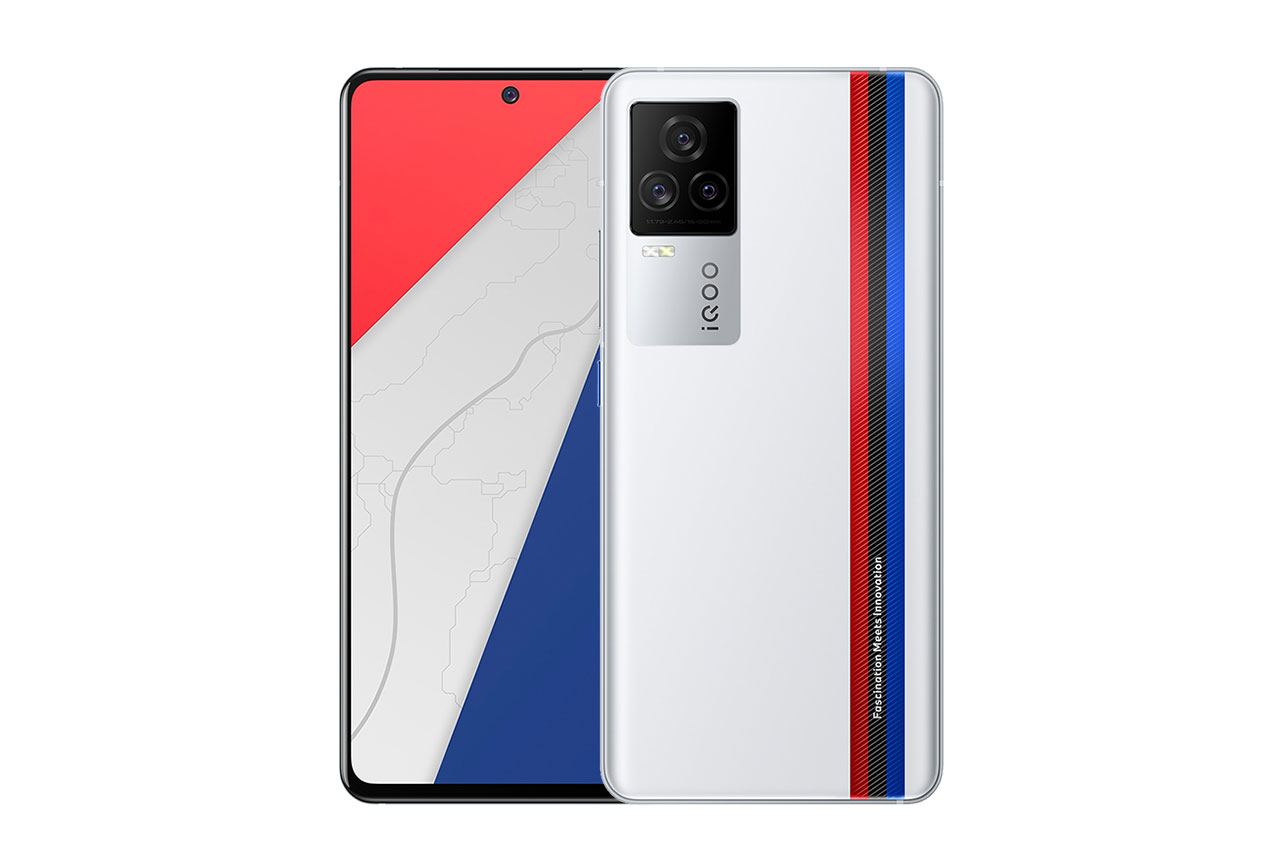
Vivo iQOO 7 Legend


 141st
141st 20th
20thPlayback
Pros
- Correct treble presence
- Decent attack and bass precision performance
- Good wideness and precise localizability
- Well-tuned minimum volume, satisfactory maximum volume
- Few artifacts overall
Cons
- Inconsistent, high midrange-focused timbre
- Aggressive tonal balance, especially at maximum volume
- Lack of low midrange and bass
- Compression tends to squash dynamics, especially at maximum volume.
- When listening to music in inverted landscape orientation, stereo doesn’t rotate accordingly.
Recording
Pros
- Good localizability performance in home and meeting scenarios
- Very good wideness in meeting use cases
- Correct maximum recording level without distortion
Cons
- Tonal balance is very bright, with too-prominent high mids and treble and lack of low-midrange
- Significant compression affects dynamics performance in all use cases.
- Stereo is inverted in camera app recordings.
- Recording loudness is too low in all tested use cases.
- High SPL recordings exhibit harsh distortion and clipping.
With an overall Audio score of 66 that is well below the top-rated BlackShark 4 Pro at 81, the “monster” inside the iQOO 7 Legend isn’t much of a threat — at least not in the audio arena.
The flagship’s playback performance is a mixed bag. In timbre, while the speakers do deliver a satisfactory treble presence, the overall tonal balance is focused on high midrange frequencies, with a lack of low midrange and bass. In dynamics, although attack and bass precision are certainly decent, punch is impaired by excessive compression. That said, minimum volume allows audio contents to remain fully intelligible; maximum volume is satisfactory; and artifacts, both spectral and temporal, are well controlled.
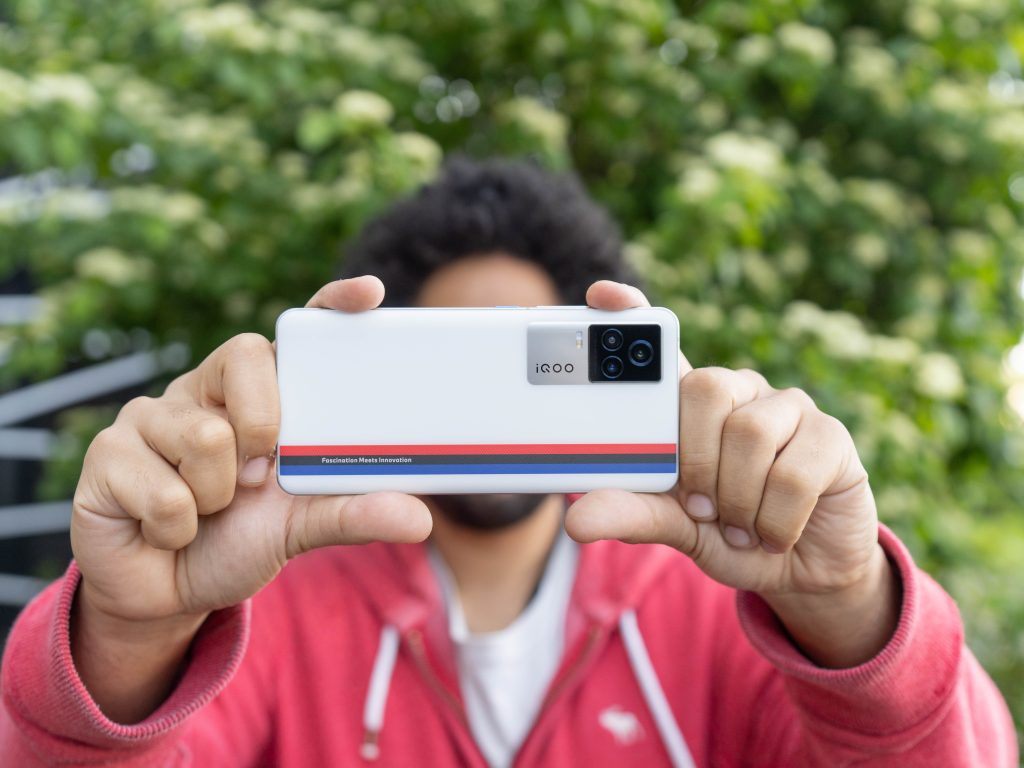
The recording performance is less equivocal, with a score of 55 that puts the iQOO 7 Legend in the lower half of our Audio protocol database to date. Despite good spatial attributes, the phone turns in poor results in almost every sub-category, from its overly bright tonal balance to its harsh distortion and excessive compression when recording in high SPL scenarios. What is more, loudness is too low across all use cases; dynamics attributes are significantly affected by the aforementioned compression; and stereo is inverted for recordings made using the camera app.
Sub-scores explained
The DXOMARK Audio overall score of 66 for the Vivo iQOO 7 Legend is derived from its Playback and Recording scores and their respective sub-scores. In this section, we’ll take a closer look at these audio quality sub-scores and explain what they mean for the user.
Playback

Timbre
Vivo iQOO 7 Legend
61
89
Timbre tests measure how well a phone reproduces sound across the audible tonal range and takes into account bass, midrange, treble, tonal balance, and volume dependency.
The timbre performance of the iQOO 7 Legend is average, with a score that puts it in the middle of the pack among smartphones we’ve tested to date. Treble presence is adequate, and is particularly well represented in landscape mode while watching movies and when listening to pop rock or classical music.
However, the device inconsistently reproduces midrange frequencies: while high midrange is too prominent — even becoming aggressive at maximum volume or when gaming — low mids are recessed. Low-end is also lacking, especially in portrait mode.

Dynamics
Vivo iQOO 7 Legend
66
81
DXOMark’s dynamics tests measure how well a device reproduces the energy level of a sound source, and how precisely it reproduces bass frequencies.
The iQOO 7 Legend turns in a good dynamics performance, with precise attack and decent bass precision, earning the phone good sub-scores for hip-hop playback and gaming.
That said, at maximum volume, transient sounds are crushed by an ill-suited dynamic compression, resulting in a considerably impaired attack. Bass precision, while honorable considering the lack of low-end, would certainly benefit from a deeper frequency response. Finally, punch is weak overall, hindered both by the lack of low midrange and excessive compression at maximum volume.

Spatial
Vivo iQOO 7 Legend
62
88
Sub-attributes for perceptual spatial tests include localizability, balance, distance, and wideness.
With a 62, the iQOO 7 Legend produces a middle-of-the-road performance for the playback spatial attribute. While the strong upper midrange ensures precise localizability of the sound sources featured in the mix, it makes voices sound unnaturally close. That said, distance (other than voices) is consistently reproduced.
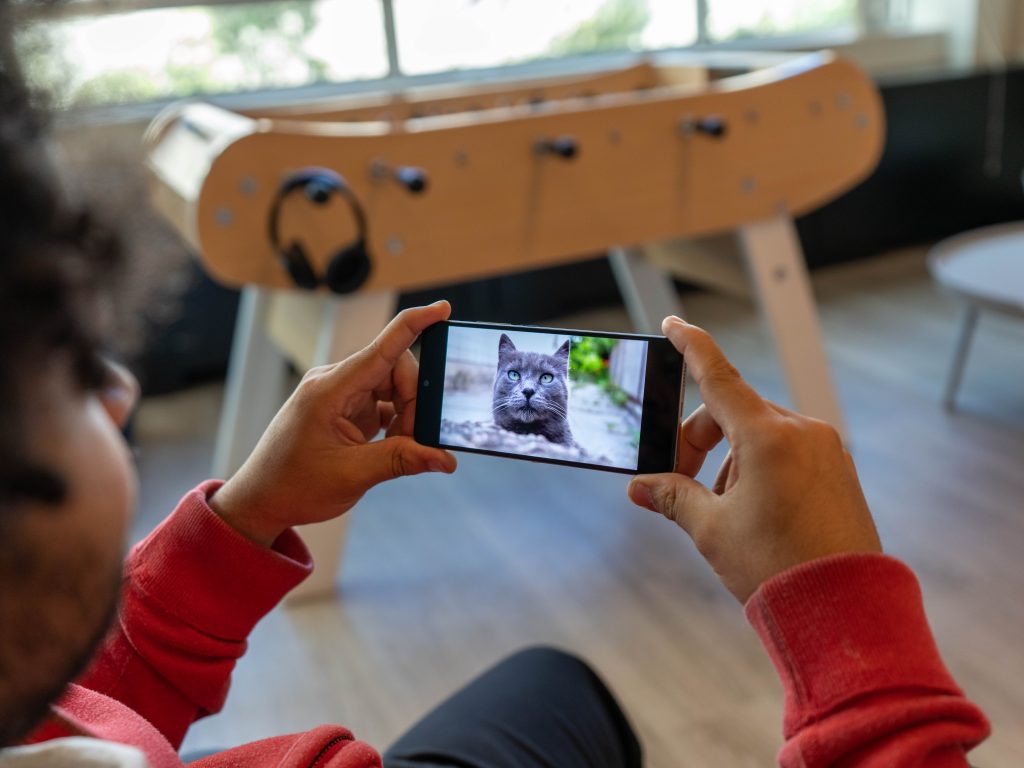
Wideness performance is good; however, its sub-score is impaired by the sound scene not rotating accordingly when listening to music in inverted landscape mode.

Volume
Vivo iQOO 7 Legend
71
91
Volume tests measure both the overall loudness a device is able to reproduce and how smoothly volume increases and decreases based on user input.
Except for the last volume step, the iQOO 7 Legend increases volume very smoothly, as shown in the graph above. Maximum volume is very satisfactory, and minimum volume is well-tuned, thus allowing dynamic content (such as classical music or movies) to remain fully intelligible.
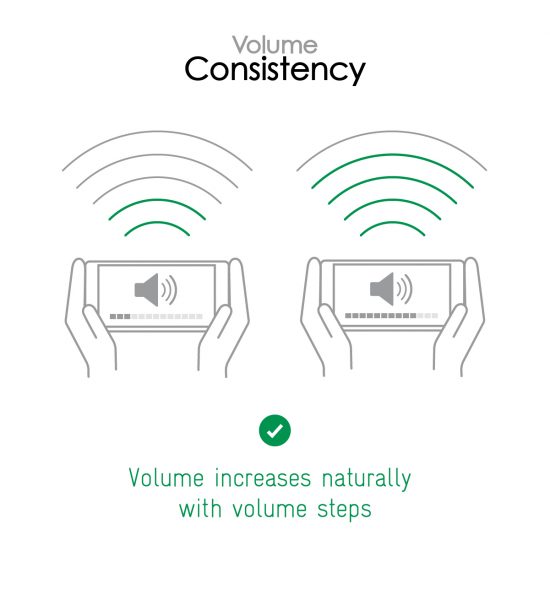
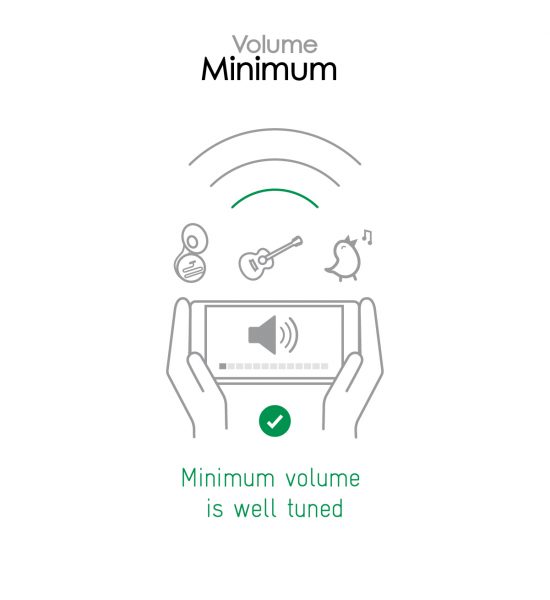
Here are a few sound pressure levels (SPL) measured when playing our sample recordings of hip-hop and classical music at maximum volume:
| Hip-Hop | Classical | |
| Vivo iQOO 7 Legend | 71.6 dBA | 70.2 dBA |
| Apple iPhone 12 mini | 74.2 dBA | 70.9 dBA |
| Vivo X51 5G | 71.3 dBA | 70.4 dBA |

Artifacts
Vivo iQOO 7 Legend
93
113
Artifacts tests measure how much source audio is distorted when played back through a device’s speakers. Distortion can occur both because of sound processing in the device and because of the quality of the speakers.
As promised by the manufacturer, the iQOO 7 Legend excels at controlling distortion: spectral artifacts are indeed kept to a minimum.
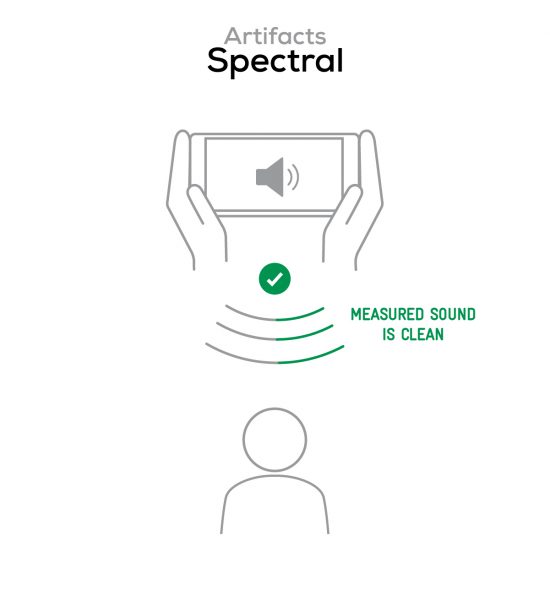
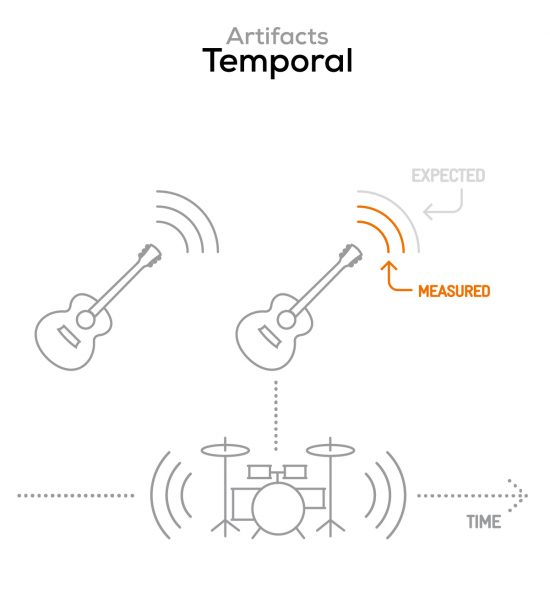
At maximum volume, temporal artifacts become noticeable, distortion can be perceived (but on synthetic signals only), and noise is accentuated by the prominence of high mids. That all said, at any other listening level, artifacts remain extremely discreet, and speakers are not easily occluded when watching movies or while playing games.
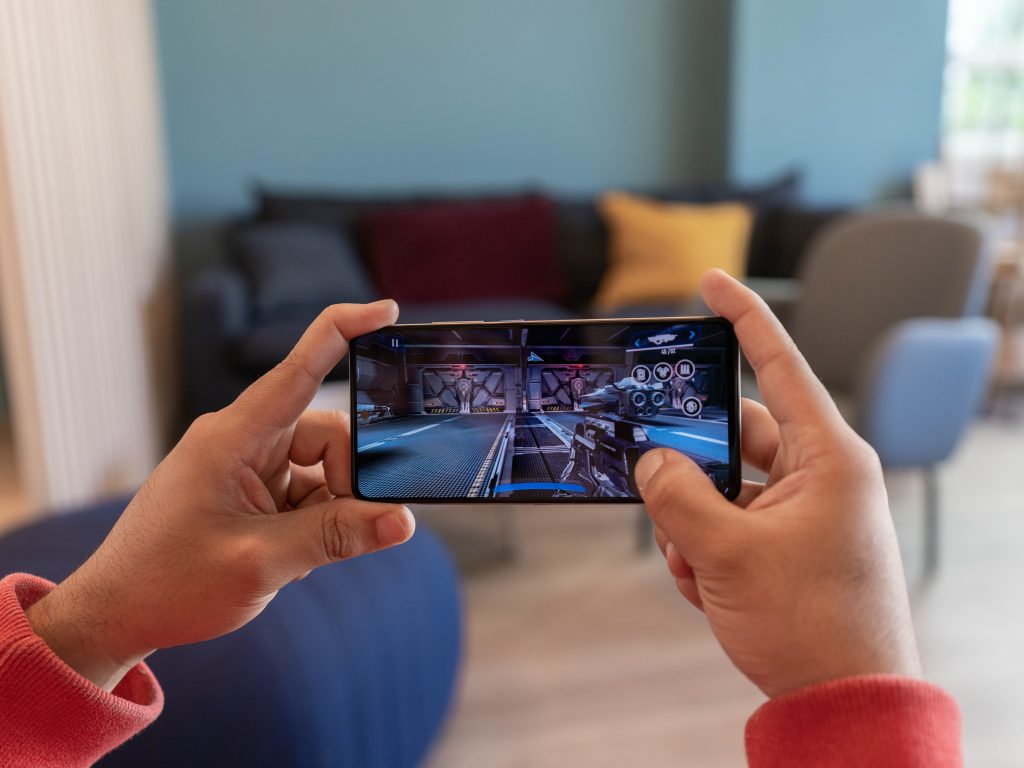
Recording

Timbre
Vivo iQOO 7 Legend
64
91
As a recording device, the iQOO7 does an above-average job of capturing timbre. Tonal balance is particularly bright, with prominent high mids and treble. While midrange reproduction is decent overall, it is impaired by a lack of low mids, resulting in nasal voices (especially in our meeting use case).
The microphones ensure good high-end presence, although slightly unnatural and metallic. In loud environments, such as a concert, the frequency response lacks low mids as well as both high- and low-end extension, which leads to a high midrange-focused, aggressive rendering.

Dynamics
Vivo iQOO 7 Legend
57
81
Dynamic attributes in recording are only middling. Both the signal-to-noise ratio and the sound envelope (plosive precision in particular) are affected by an excessively present background through which voices can’t seem to cut.
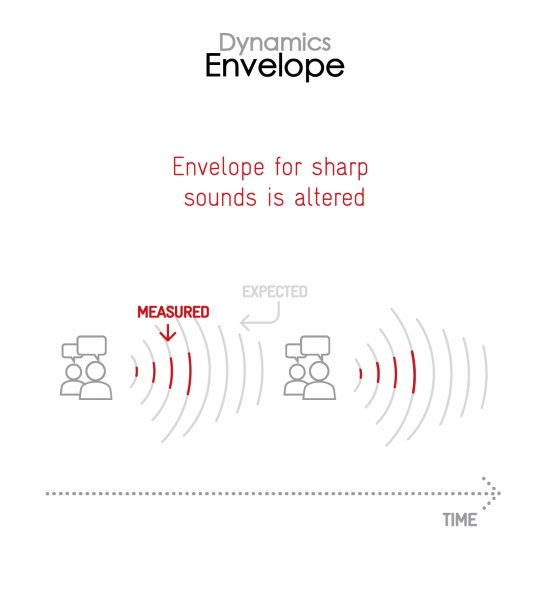
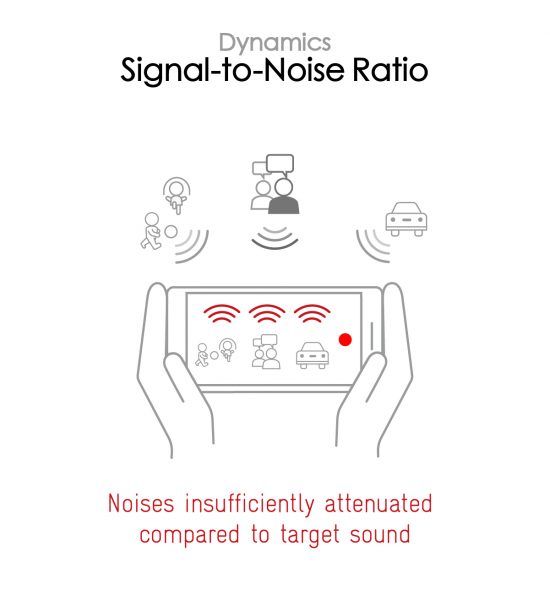
The sound envelope is also impaired by an ill-adapted compression that is especially noticeable when recording in loud surroundings, where attack is blunted, and release is too slow. Further, bass-heavy tracks are extremely compressed. As a result, nuances are significantly shrunken, and bass precision is severely affected.

Spatial
Vivo iQOO 7 Legend
55
78
In the recording area, the iQOO 7 Legend exhibits average spatial attributes. Audio recorded in urban environments contains a peculiar kind of elevated background noise, one in which voices seem to move inconsequently to the source’s motion. In quieter surroundings, such as in our home or meeting scenarios, the low background noise allows a significantly better performance.
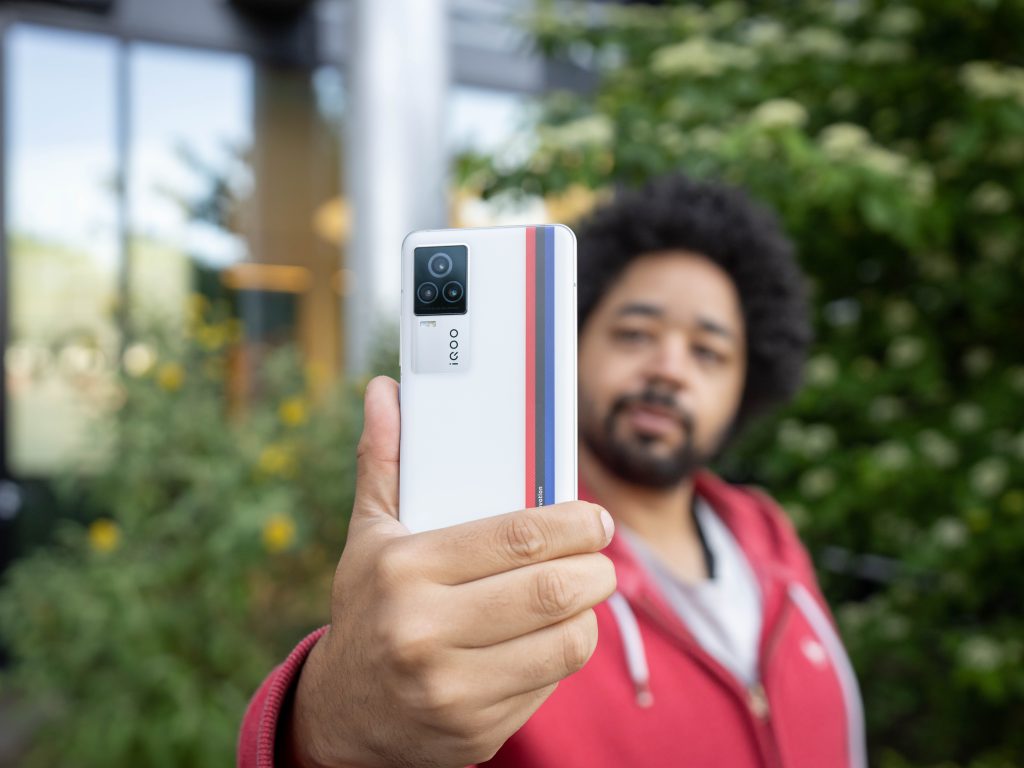
While wideness in meeting-type use cases is very satisfactory, note that stereo is inverted when recording selfie or life videos with the camera app. Further, the lack of low midrange induces a lack of fullness in voices which results in unrealistic distance rendering.

Volume
Vivo iQOO 7 Legend
47
99
The maximum volume level reachable without distortion is decent in most scenarios, except in our electronic concert setup. However, audio recordings exhibit very limited loudness across every use case, especially when filming selfie videos.
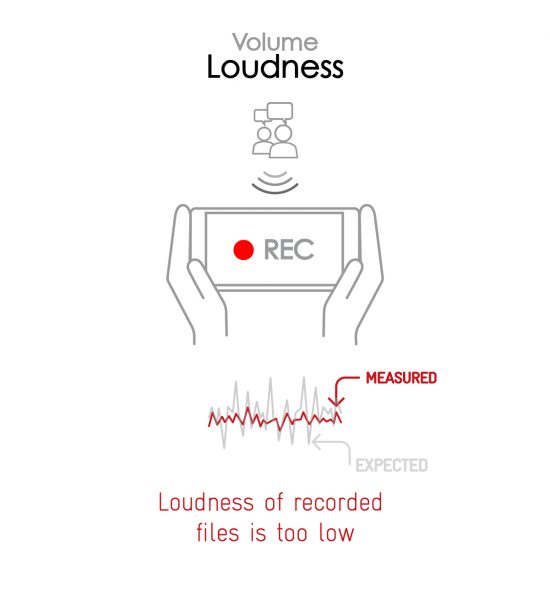
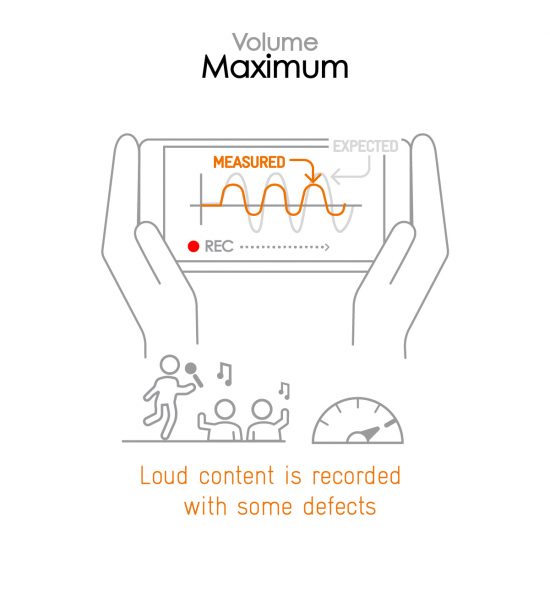
Here are our test results, measured in LUFS (Loudness Unit Full Scale); as a reference, we expect loudness levels to be above -24 LUFS for recorded content:
| Meeting | Life Video | Selfie Video | Memo | |
| Vivo iQOO 7 Legend | -33.9 LUFS | -29.3 LUFS | -27.2 LUFS | -28.8 LUFS |
| Apple iPhone 12 mini | -24.8 LUFS | -22.1 LUFS | -20.1 LUFS | -18.6 LUFS |
| Vivo X51 5G | -29.2 LUFS | -24.1 LUFS | -20.5 LUFS | -23.7 LUFS |

Artifacts
Vivo iQOO 7 Legend
59
97
In recording, the iQOO 7 Legend is prone to inducing noticeable artifacts. Compression-related artifacts in particular, such as dynamic compression, impair both the background and main signal in every use case, especially when recording videos with the rear cameras. Loud content, whether transient or continuous, is severely affected by distortion, clipping, pumping, and multi-band compression, which makes the iQOO 7 Legend unsuitable for recording in loud surroundings (such as concerts).
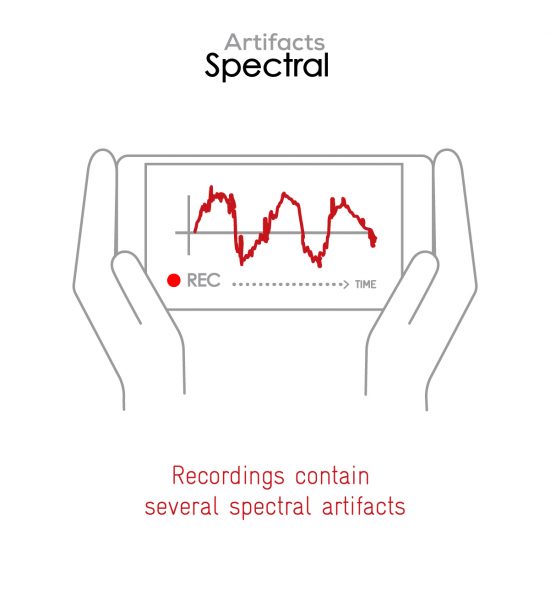
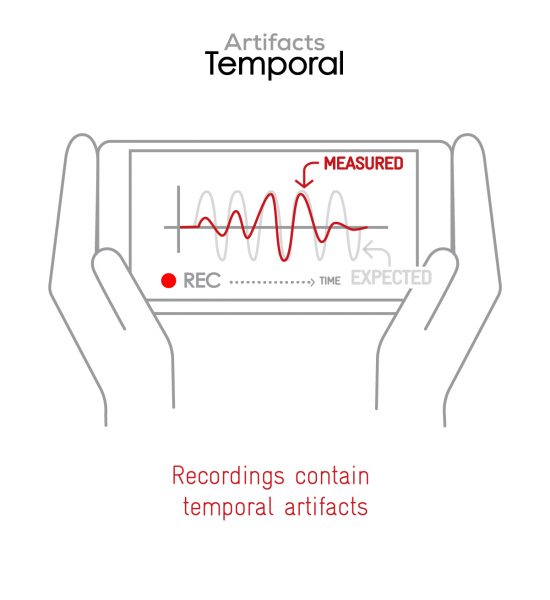
That said, note that the audio recording app seems less subject to artifacts than the camera app.

Background
Vivo iQOO 7 Legend
27
60
The iQOO 7 Legend turns in a poor background performance, in correlation with the underwhelming timbre and artifacts performance. The result sounds harsh and unnatural due to excessive compression on the one hand, and the strong lack of lower frequencies on the other.
Conclusion
Because of very noticeable artifacts (both spectral and temporal), elevated background noise, and inconsistent tonal balance, the iQOO 7 Legend is less than ideal to use as a recording device, especially in high SPL scenarios. As a speaker, Vivo’s latest flagship performs somewhat better, thanks to adequate treble presence, overall decent dynamics and spatial attributes, very good volume qualities, and an appreciable ability for keeping sonic artifacts to a minimum. That said, timbre inconsistencies and a mixed performance still keep the iQOO 7 Legend quite a ways down the table from top-scoring devices like the Black Shark 4 Pro.


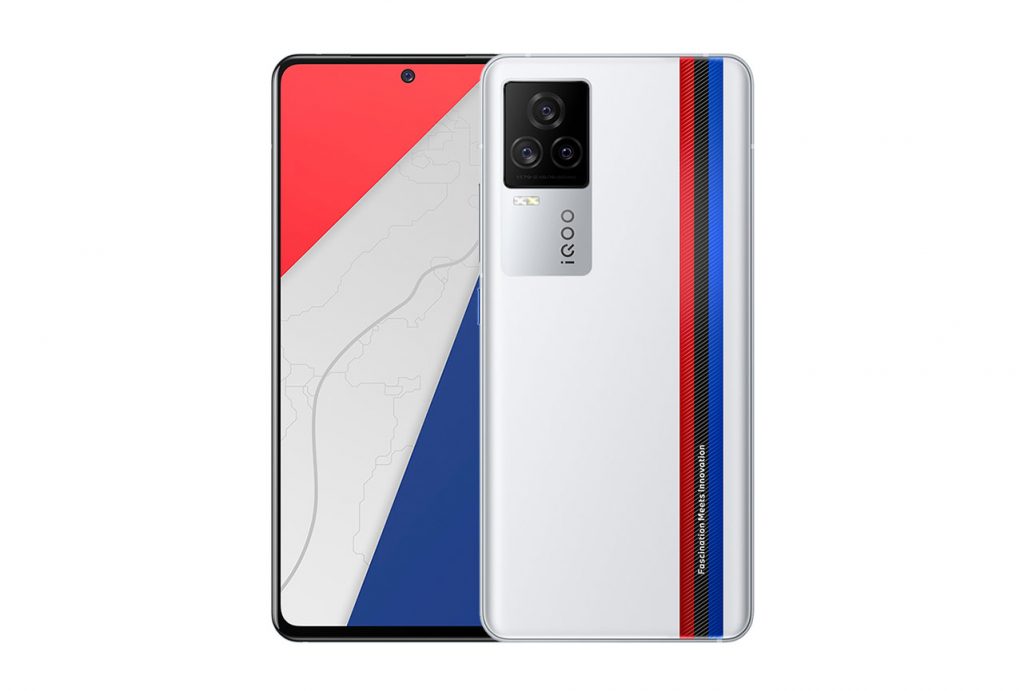


DXOMARK encourages its readers to share comments on the articles. To read or post comments, Disqus cookies are required. Change your Cookies Preferences and read more about our Comment Policy.